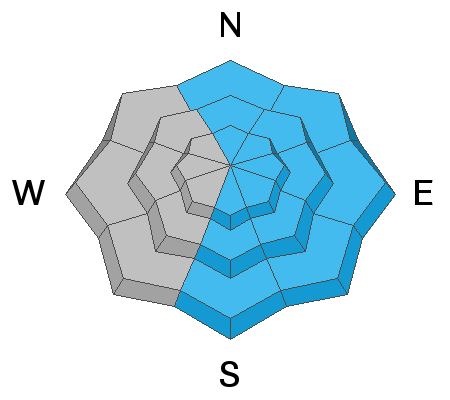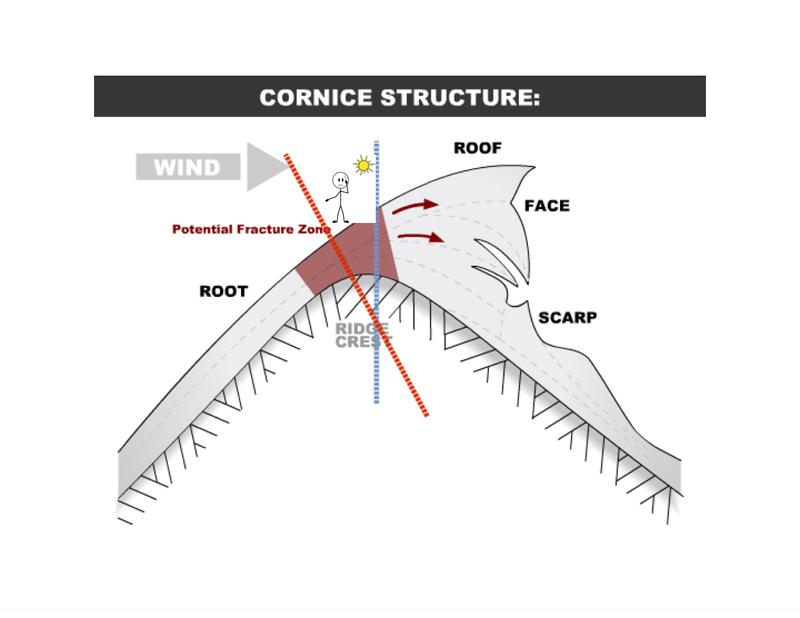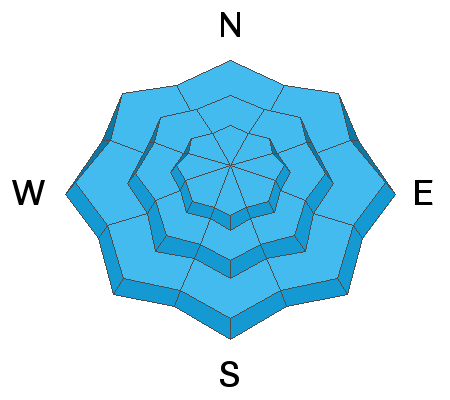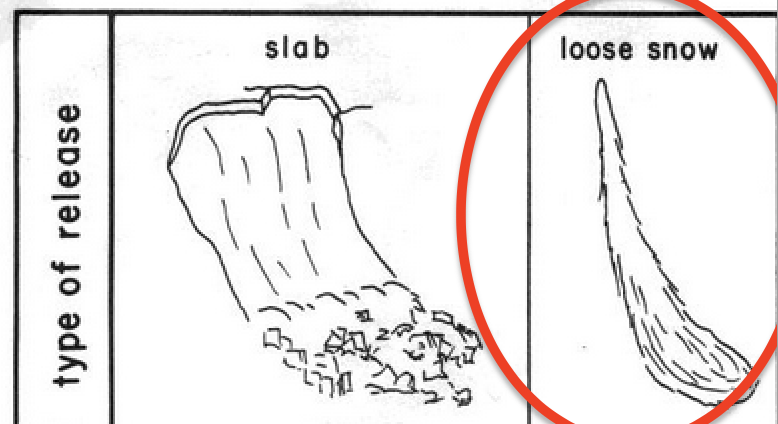Forecast for the Ogden Area Mountains

Issued by Drew Hardesty on
Saturday morning, February 27, 2021
Saturday morning, February 27, 2021
A CONSIDERABLE AVALANCHE DANGER exists on all wind drifted slopes at the mid and upper elevations. This danger is most pronounced on steep north to east to south facing slopes. Note that drifting may exist on any aspect and even down to the low elevation bands. Human triggered avalanches will be likely today. Some avalanches may have the potential to step down into older weaker layers 3-6' deep in localized terrain on west to north to southeast facing slopes.

Low
Moderate
Considerable
High
Extreme
Learn how to read the forecast here









